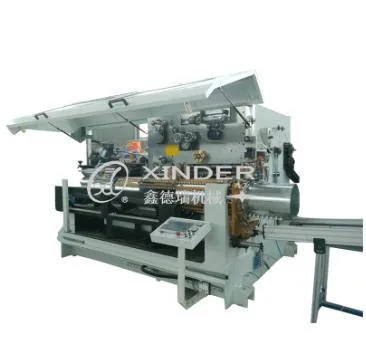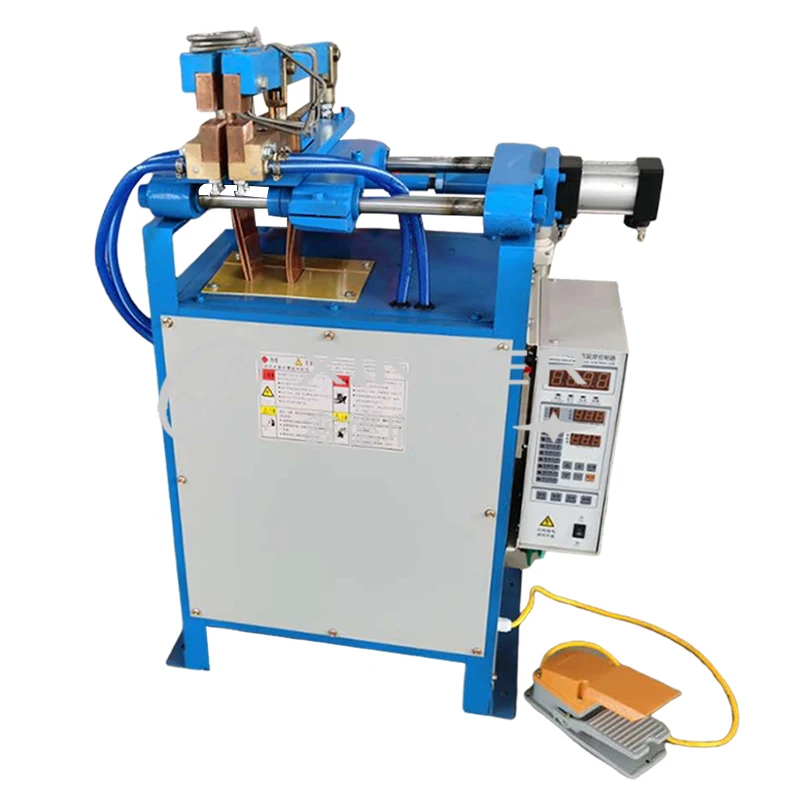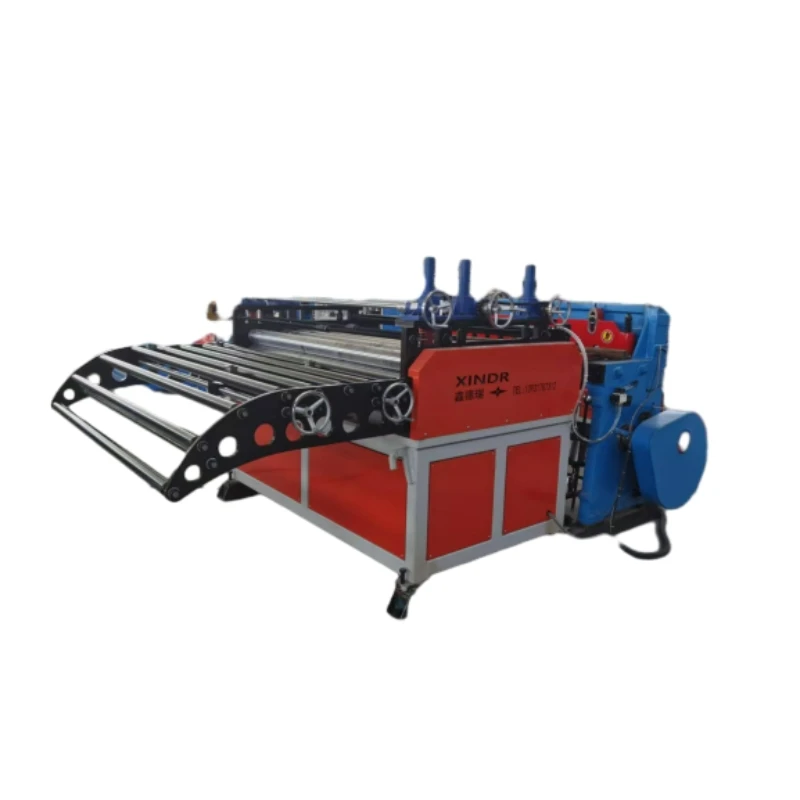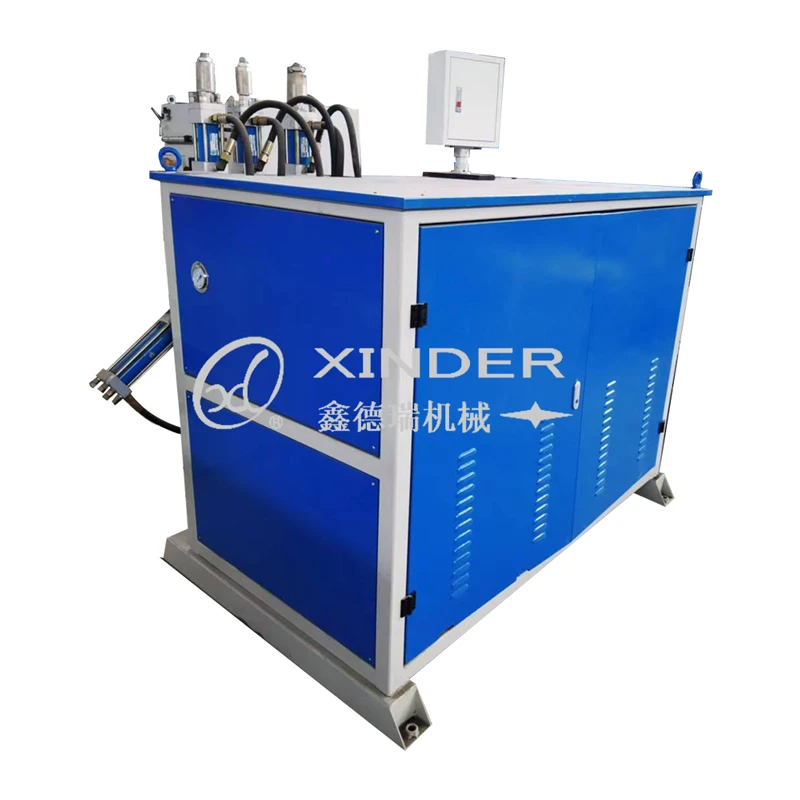-
 8613931787312
8613931787312 -
 Botou Industrial Zone on the east side of National Highway 104, Botou City, Hebei Province
Botou Industrial Zone on the east side of National Highway 104, Botou City, Hebei Province
- Afrikaans
- Albanian
- Amharic
- Arabic
- Armenian
- Azerbaijani
- Basque
- Belarusian
- Bengali
- Bosnian
- Bulgarian
- Catalan
- Cebuano
- Corsican
- Croatian
- Czech
- Danish
- Dutch
- English
- Esperanto
- Estonian
- Finnish
- French
- Frisian
- Galician
- Georgian
- German
- Greek
- Gujarati
- haitian_creole
- hausa
- hawaiian
- Hebrew
- Hindi
- Miao
- Hungarian
- Icelandic
- igbo
- Indonesian
- irish
- Italian
- Japanese
- Javanese
- Kannada
- kazakh
- Khmer
- Rwandese
- Korean
- Kurdish
- Kyrgyz
- Lao
- Latin
- Latvian
- Lithuanian
- Luxembourgish
- Macedonian
- Malgashi
- Malay
- Malayalam
- Maltese
- Maori
- Marathi
- Mongolian
- Myanmar
- Nepali
- Norwegian
- Norwegian
- Occitan
- Pashto
- Persian
- Polish
- Portuguese
- Punjabi
- Romanian
- Russian
- Samoan
- scottish-gaelic
- Serbian
- Sesotho
- Shona
- Sindhi
- Sinhala
- Slovak
- Slovenian
- Somali
- Spanish
- Sundanese
- Swahili
- Swedish
- Tagalog
- Tajik
- Tamil
- Tatar
- Telugu
- Thai
- Turkish
- Turkmen
- Ukrainian
- Urdu
- Uighur
- Uzbek
- Vietnamese
- Welsh
- Bantu
- Yiddish
- Yoruba
- Zulu
Resistance Welding Equipment: A Smart Investment for Industrial Manufacturing
In today's high-speed, precision-driven manufacturing environment, welding remains one of the most critical processes. Among the various welding methods available, resistance welding stands out due to its efficiency, cost-effectiveness, and adaptability across industries. From automotive components to electronics and metal furniture, resistance welding plays a vital role in assembling durable products.
Whether you're sourcing machinery, comparing the resistance welding machine price, or looking to upgrade your production line, understanding the fundamentals of resistance welding equipment can help you make informed decisions. This article explores the equipment, market pricing, and top manufacturers leading the industry.

Understanding Resistance Welding Equipment
Resistance welding equipment works by applying pressure and passing electric current through metal workpieces to generate heat at the joint. The heat causes the metal to melt and fuse together without the need for additional filler materials. Common types of resistance welding include spot welding, seam welding, and projection welding.
Key components of resistance welding equipment include:
Power supply (transformer or inverter-based)
Electrodes (usually copper alloys)
Pressure mechanism (pneumatic, hydraulic, or servo-controlled)
Cooling systems (to prevent overheating of electrodes and components)
The advantages of resistance welding include:
High speed and low cycle times
Clean welds with minimal fumes or spatter
Automation-friendly, ideal for robotics
Energy efficiency, especially in inverter models
These features make resistance welding an ideal choice for mass production environments requiring consistent and high-quality welds.
Comparing Resistance Welding Machine Prices
When it comes to sourcing the right machinery, resistance welding machine price is a key factor that varies based on several aspects:
Type of machine
Spot welders and seam welders tend to be more affordable than specialized or automated systems.
Benchtop models start around $2,000–$5,000.
Industrial-grade machines range from $10,000 to $100,000+, depending on capabilities.
Technology used
Traditional AC machines are typically cheaper than newer inverter-based models.
Servo-driven welders or programmable units command a premium for their precision and efficiency.
Brand and origin
Machines from established resistance welding equipment manufacturers in the U.S., Germany, or Japan often come at a higher price due to quality assurance and service support.
Chinese or Indian models may offer lower prices but could vary in longevity and precision.
Customization and automation
Fully automated resistance welding cells integrated into production lines significantly increase costs, sometimes exceeding $250,000.
While price is important, it's critical to balance upfront cost with long-term durability, maintenance, and production needs. A slightly higher initial investment in reliable equipment often results in better ROI over time.
Leading Resistance Welding Equipment Manufacturers
The global market is home to several trusted resistance welding equipment manufacturers that offer a wide range of machines, technical support, and custom solutions.
- ARO Technologies (France)
Known for advanced servo-controlled spot welders, ARO is a preferred choice in the automotive sector.
- TECNA (Italy)
TECNA specializes in both manual and robotic spot welding systems, widely used in light fabrication and OEM manufacturing.
- T. J. Snow (USA)
An American leader offering resistance welders, custom systems, and spare parts. They're known for solid support and training services.
- DAIHEN Corporation (Japan)
With a focus on inverter technology and automation, DAIHEN delivers high-performance solutions for large-scale manufacturers.
- Heron Intelligent Equipment (China)
A rapidly growing player offering cost-effective machines for mid-level industries, with increasing global presence.
These companies often provide complete solutions, including training, integration support, and long-term maintenance, making them reliable partners for growing businesses.
The Evolving Role of the Resistance Welder
In many industrial setups, a resistance welder refers to the technician or operator responsible for setting up and managing the welding process. Their role includes:
Adjusting parameters such as weld time, pressure, and current
Inspecting weld quality for strength and consistency
Maintaining electrodes and ensuring machine uptime
Collaborating with engineers on process improvements
As automation becomes more widespread, the role of the resistance welder is evolving. Rather than operating machines manually, today’s welders often monitor and program robotic systems, using data-driven insights to maintain quality.
Training and certification are increasingly essential, especially when working with advanced resistance welding equipment. Operators need to understand not just the machinery but also material behavior, joint design, and heat transfer principles.
Conclusion: Why Resistance Welding Is a Worthwhile Investment
Whether you're a factory manager looking to scale production or a small business upgrading your metalworking capabilities, resistance welding equipment offers unmatched advantages in terms of speed, quality, and cost-efficiency. By understanding market pricing and evaluating top resistance welding equipment manufacturers, businesses can make strategic investments that yield long-term returns.
And while the resistance welding machine price may vary based on features and manufacturers, the right machine—paired with a skilled resistance welder—can elevate your production capabilities and open new opportunities in competitive markets.
-
Understanding Automatic Seam Welding Machines: A Game Changer in Welding TechnologyNewsJul.18,2025
-
Revolutionizing Packaging: The Role of Welding Machines in Steel and Tin Can ManufacturingNewsJul.18,2025
-
Precision in Motion: Exploring Seam Welding Machines for Industrial FabricationNewsJul.18,2025
-
Mastering Precision Bending: A Guide to Tube Benders and Their TypesNewsJul.18,2025
-
Inside the World of Barrel Manufacturing: Machines, Lines, and CostsNewsJul.18,2025
-
Exploring the Technology Behind Elbow Bending Machines in Pipe ManufacturingNewsJul.18,2025
-
Unlocking the Power of Light: Exploring Modern Laser Welding SolutionsNewsJul.15,2025
-
 Pneumatic Handle Welding MachineSep . 13, 2024
Pneumatic Handle Welding MachineSep . 13, 2024 -
 Fully Automatic Kaiping Production LineOct . 17, 2024
Fully Automatic Kaiping Production LineOct . 17, 2024 -
 Fully Automatic Metal Bucket Lifting HeadphonesSep . 14, 2024
Fully Automatic Metal Bucket Lifting HeadphonesSep . 14, 2024

